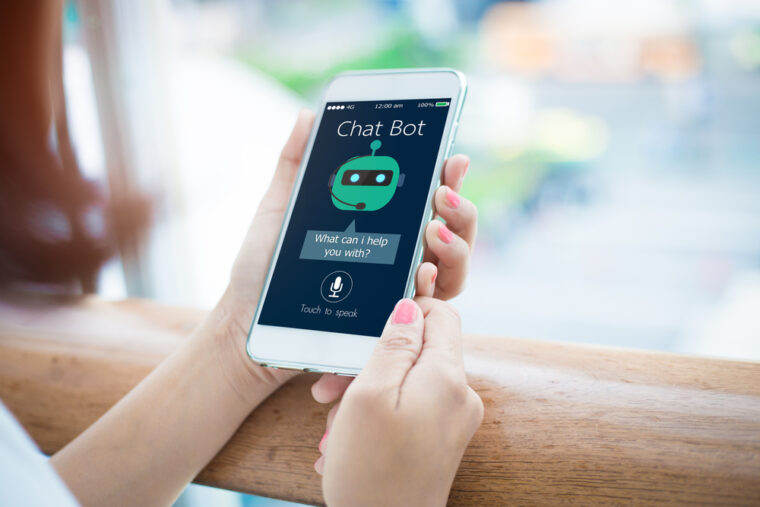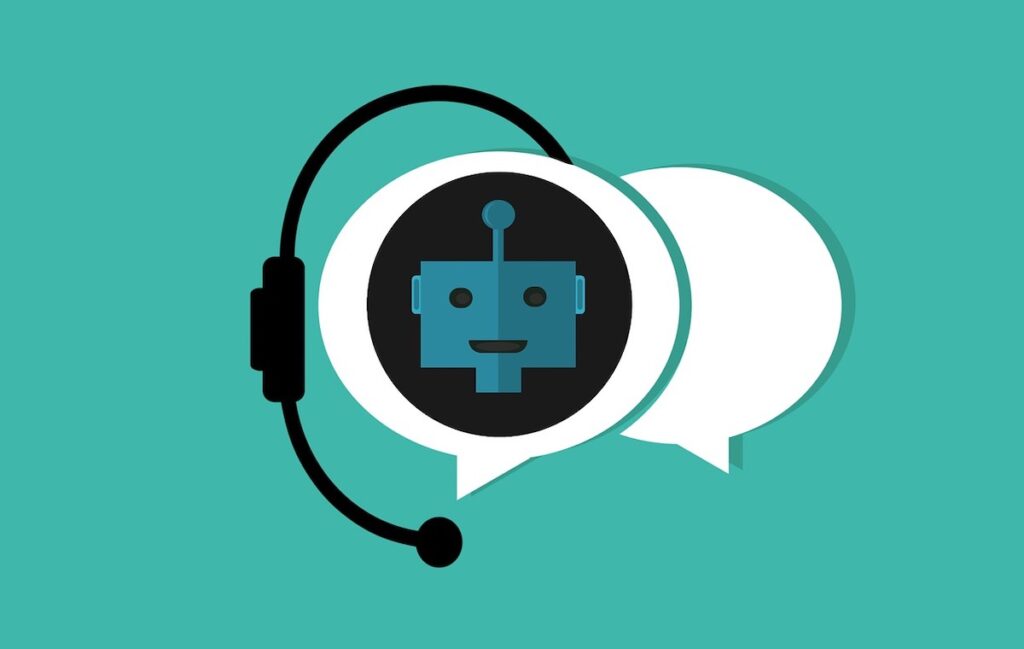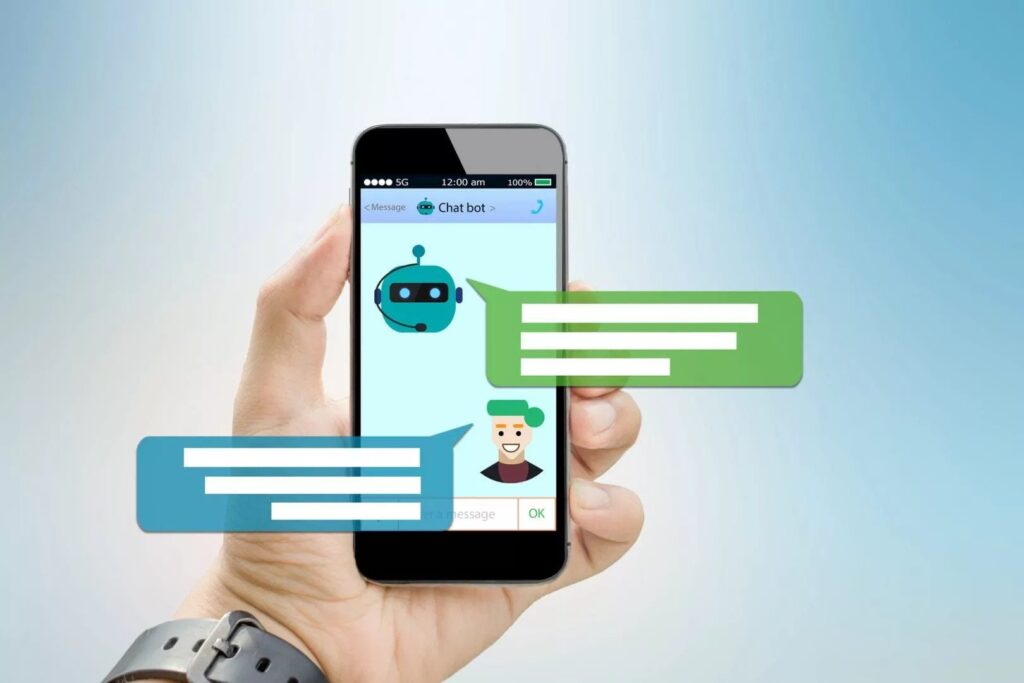Chatbots have become the norm even in the most seemingly conservative areas of business. They take on common tasks, working faster, cheaper, and more efficiently than people. In this post, we will talk about the main trends in the development of speech technologies in 2024 and what their customization gives to businesses.
Tailored chatbots
Chatbots today should imitate a living being as much as possible. It must understand what is being said and act accordingly. Every business is unique so your chatbot should be trained to solve your particular problems. There are various ML algorithms well described here, that can help you with that: sometimes you need neural networks while simpler classification algorithms are enough to respond to client questions based on your database of answers.
Specialists in the field of analytics, psychology, and content-making are trying to make chatbots as realistic as possible. Partially, this task should be solved by technical means. However, speech technologies and speech recognition systems are also based on quality content written by professional chatbot writers. There is no such thing as a universal chatbot; you will have to build or customize your own if you want it to be a good experience for your users.
So, to increase the user satisfaction and decrease the work pressure for your human-operators, you need to collect as many frequently asked questions as possible. Add the actual statement of the user’s account and the previous conversations to be visible for bot and cover the automation for the information about previous orders, as well as the delivery time, exchange rates, subscription fees, etc.

Improved speech recognition
Chatbots today work not only with the text but also with oral speech. How can we determine that they are good at this task? There is a certain metric of speech recognition which is the number of correctly recognized words in relation to the original. If a chatbot, for example, does not correctly recognize the street name for delivering goods, then some addressee may be left without a gift for the New Year.
To eliminate errors, the recognition model is today trained on examples of dialogues from real life. Databases that contain Twitter posts, lines from TV-series conversations are very valuable. However, the business is changing, the demands are changing, and, therefore, the model constantly needs to be retrained. Never stop looking for better examples and better algorithms.
Improved speech synthesis customization
It is important for a business that the client does not feel discomfort from talking to the robot. Conventional speech synthesis provides informative communication, but the way a bot communicates is different from a human, and not all people want to talk to a robot. In pursuit of conversion and user experience, synthesis often changes to pre-recorded phrases performed by a professional operator. These fragments are inserted in the desired context and the dialog is assembled as a constructor. This approach is not universal. To add variables, for example, the name of the subscriber, his address, the name, and the price of the product, you will have to assemble the phrase in parts. But the difference in pronunciation will destroy the magic of human communication. It is impossible to write down all the possible options.
The most modern and universal method is speech synthesis with the maximum approximation to the speaker’s style, including the generation of variable parts. Technological companies have already managed to achieve 98% human similarity in the past few years. And now such big players, like Google, are providing the options to utilize their facilities to integrate these solutions via APIs or as a library to the developers community.

Increasing adoption of voice interfaces
People are already used to accessing applications by voice without pressing buttons on the keyboard or screen when it comes to smartphones or tablets. Many businesses have already empowered their customer service system with IVR (interactive voice response). However, in the next decade, the proliferation of voice-activated assistants will grow.
IoT industry already started to implement VI into smart-TVs, refrigerators, and fitness bracelets. In the future, we can expect the devices that are implemented with real AI chatbots that give us recommendations on what to watch or what to buy in the store for our healthy diets. Developers of smart home solutions will begin to standardize voice control and include it in all household appliances and electronics, including devices of the Internet of Things, to which about 8 billion devices are connected in 2024, and their number may triple by 2030.
Humanization
Having a personality for a chatbot is becoming more and more common. They respond with standardized messages no more. The future belongs to virtual agents with their own character and manners. They don’t have to look or act like people and can be abstract characters, animals, or whatever suits your brand. However, their tone of voice and unique character traits can be appealing to customers just like your services. Companies already report that customers who communicate with chatbots spend up to 40% more than those who don’t. For example, Rose, which is a chatbot assistant at Cosmopolitan casino in Las Vegas is reported to increase the check by 37%.

Safety of interaction
Chatbots are learning more and more new skills everyday, accessing more information, and taking on more responsibility. All of this will require its creators to be careful about risk management and control. For example, it is important to ensure algorithmic fairness for that the new technologies would treat every human being equally. Another critical concern is the quality of data that should be collected in an ethical way impeding the spread of harmful stereotypes. Moreover, machine learning algorithms, face creation systems, and voice synthesis are important intellectual property. New laws should be introduced to regulate their patenting and licensing.
Overall, chatbots in 2024 set a course for increased customer satisfaction and customization. If you are thinking about developing your own chatbot with an interactive voice response system, the speech recognition and speech synthesis are the trends you should be sticking to.
